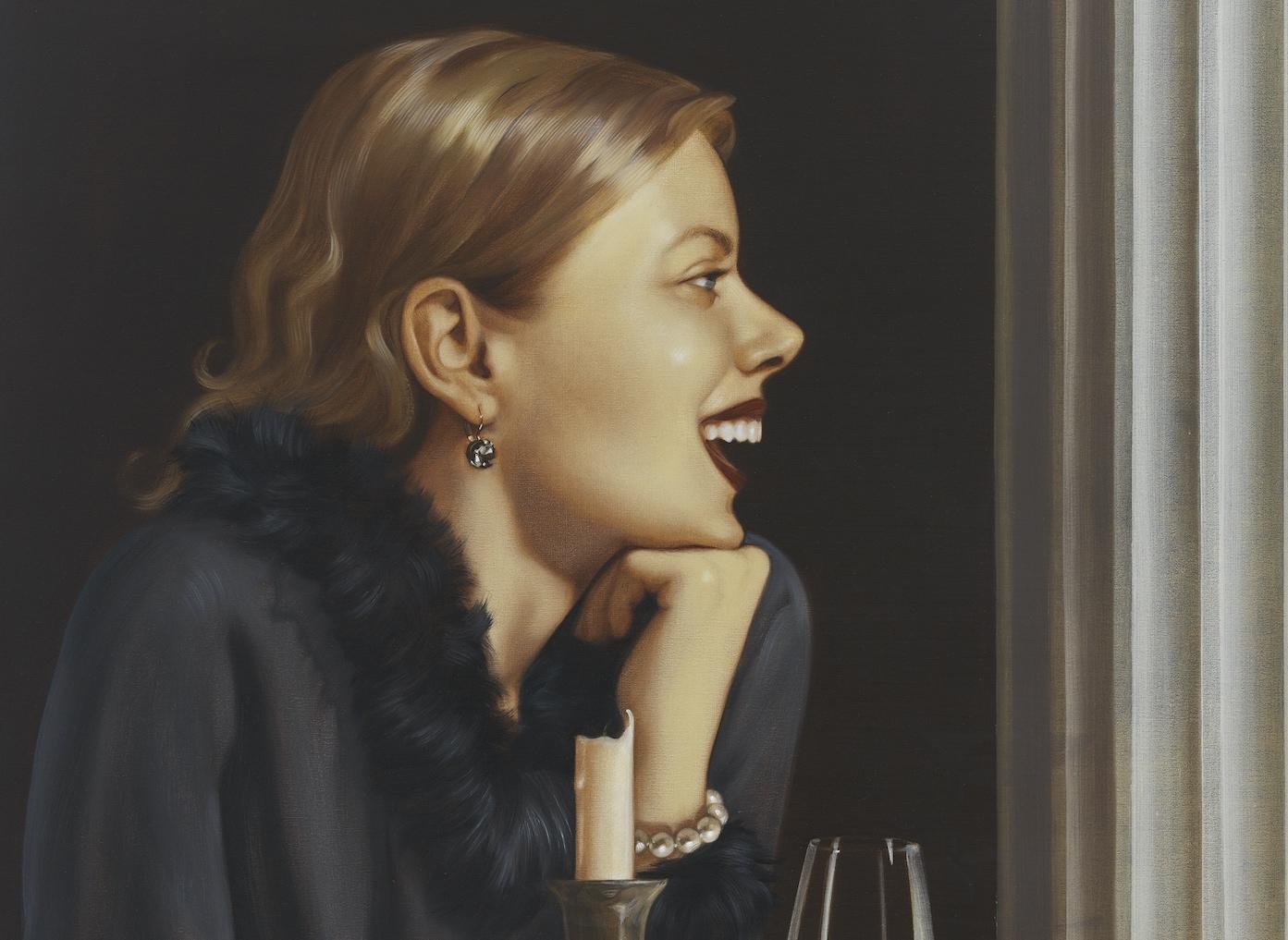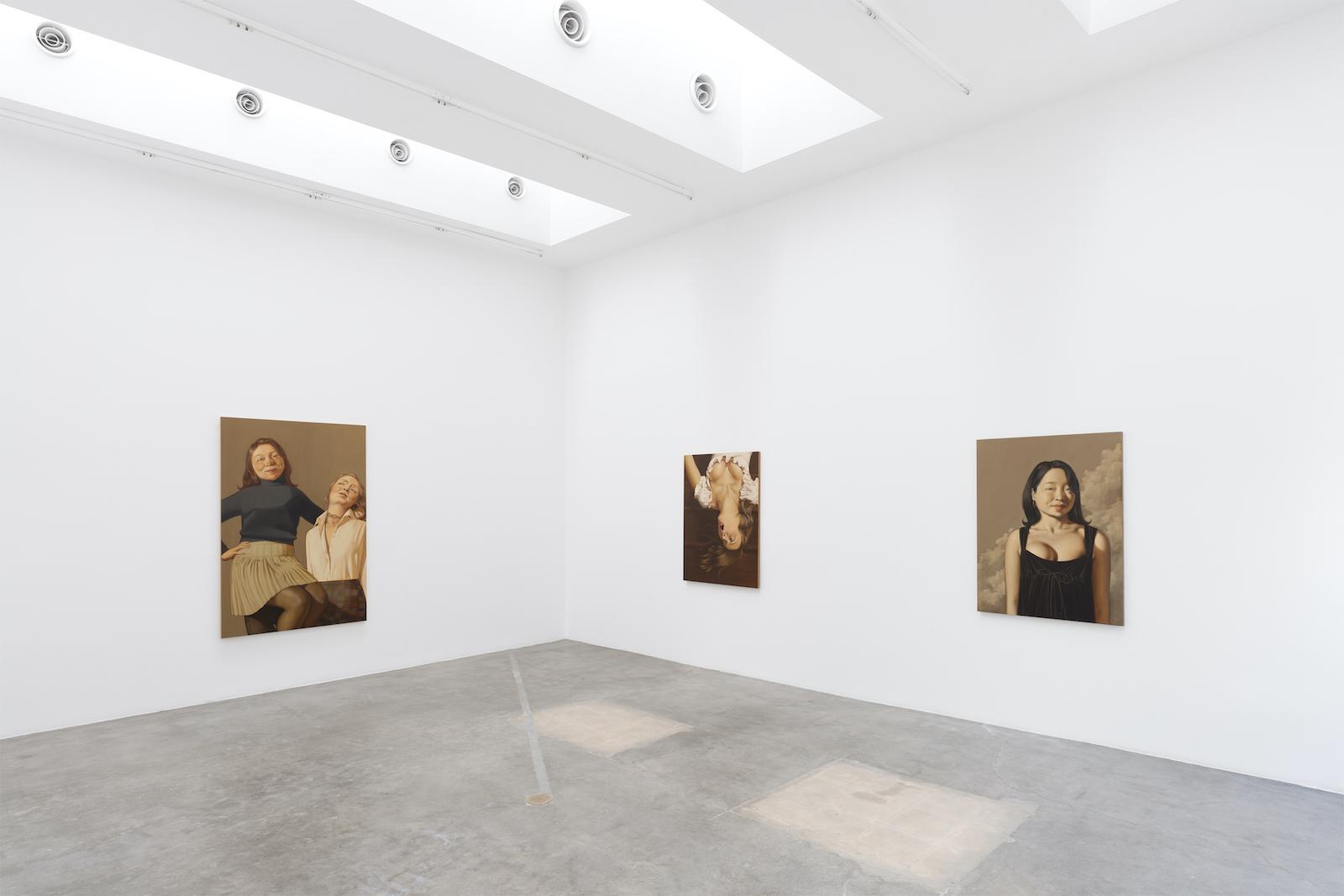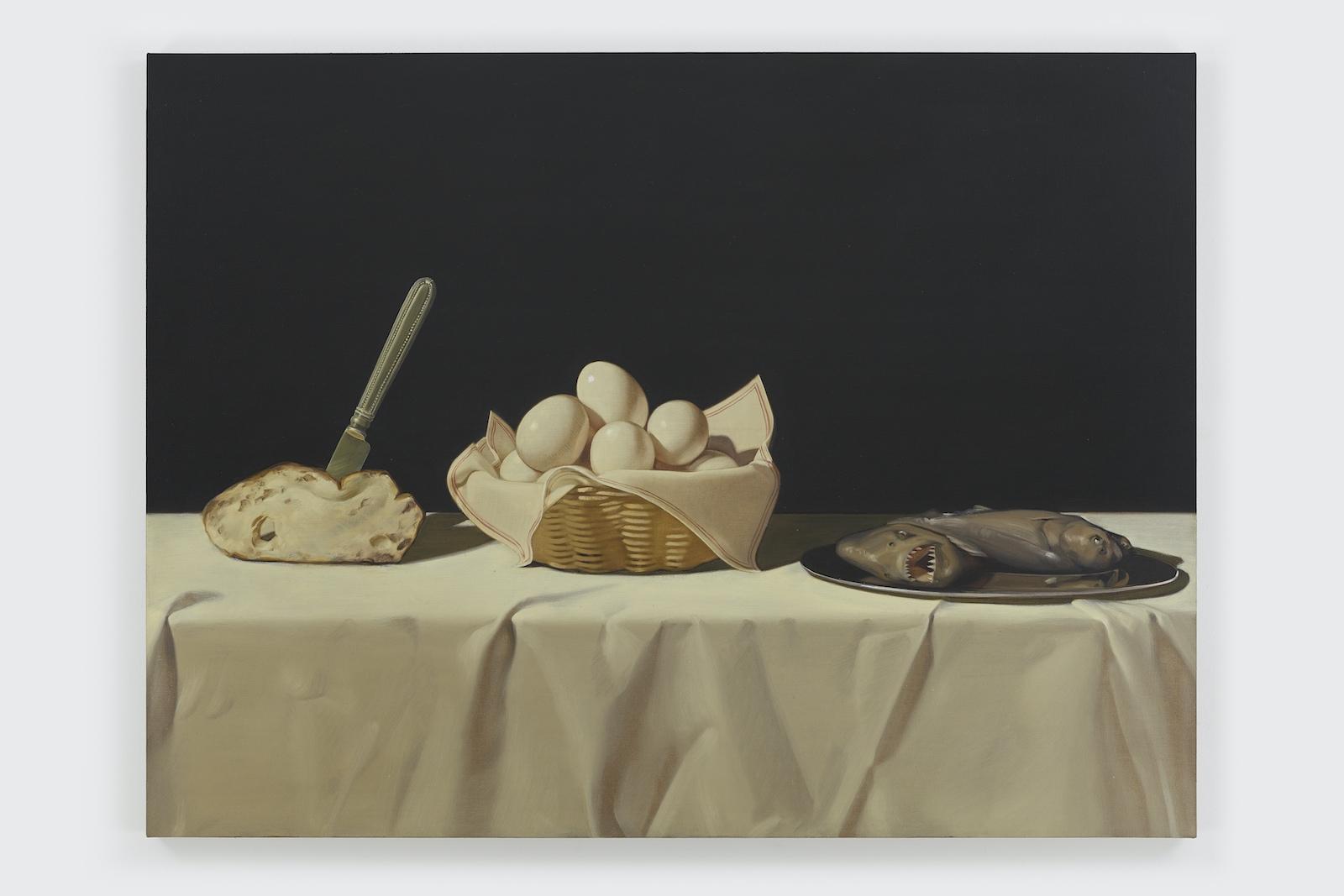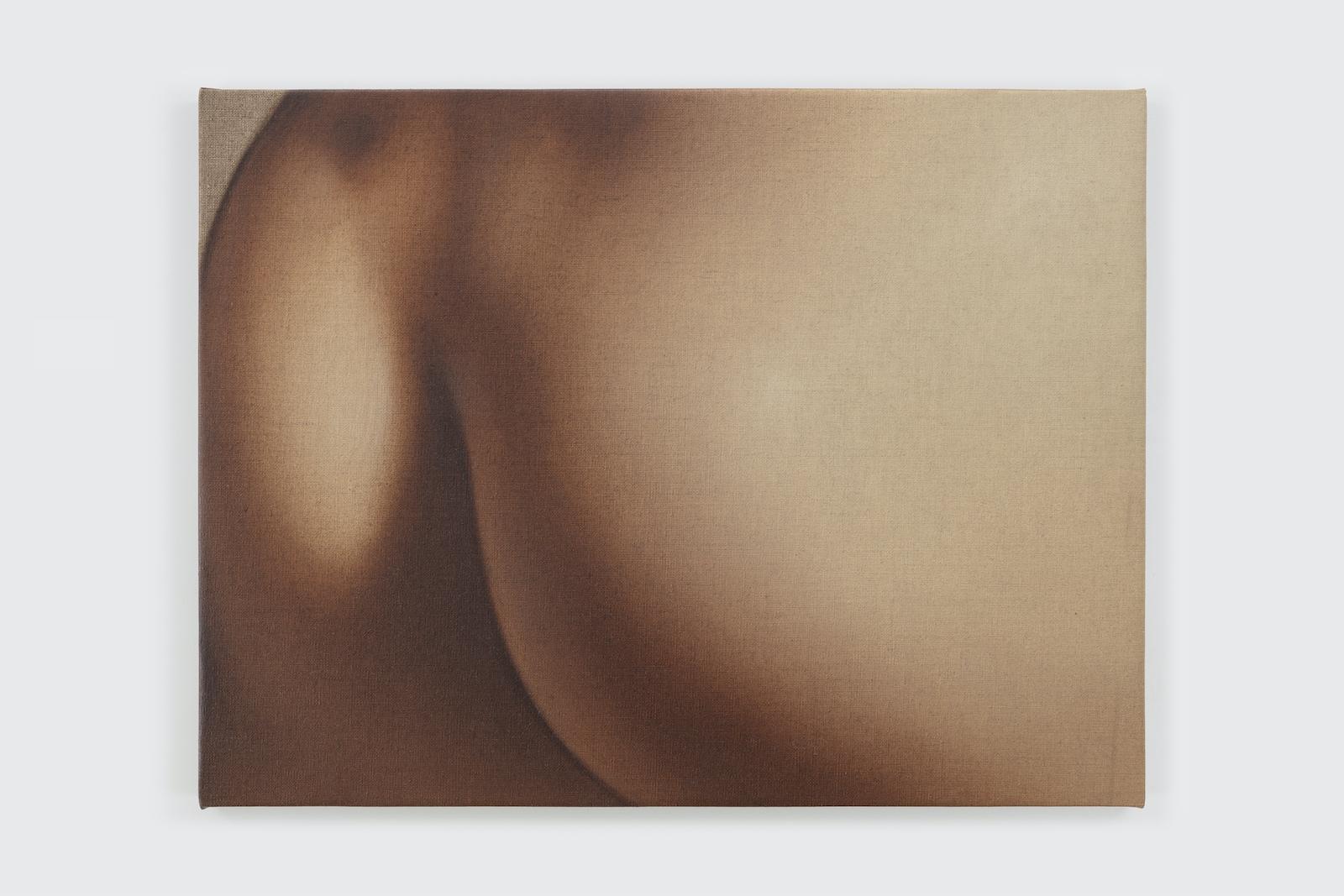Since receiving a BFA in Painting from the Rhode Island School of Design (RISD) in 2017, Weyant has been in a slew of impressive group shows on both the East and West Coasts and in Europe and Asia. Her work appeared on the cover of a 2020 issue of New American Painters, which was juried by critic Jerry Saltz.
Art & Object caught up with the in-demand artist in 2021 to discuss her initial interest in art, opportunities that have come her way and how they have impacted her work, and her new paintings in Loose Screw, her Los Angeles solo show premiere at the prestigious Blum & Poe.
Paul Laster: When did you first become interested in art and how did you express that interest?
Anna Weyant: As my exposure to art increased, so did my interest. I saw an exhibition at Brown called SHE: Picturing women at the turn of the twenty-first century while I was in my second year at RISD. I remember it as the moment when I really fell in love with contemporary art. At the time, I wasn’t familiar with most of the artists in the show—George Condo, Cindy Sherman, Liza Yuskavage, and others.
PL: What was the source of inspiration for the initial artworks you made?
AW: I was looking at a lot of other artists. I can think of a few whose work I was really addicted to and tried to emulate. It was never quite right, though—it was like Goldilocks trying to get comfortable in someone else’s house.
PL: When did you start to consider that being an artist would be the right career move for you?
AW: At some point, it occurred to me that I am otherwise talentless.
PL: Were there any teachers who made a big impact on you and the way that you work now whom you studied with at RISD?
AW: I had so many awesome teachers. Kevin Zucker was particularly wonderful.
PL: Was it daunting to start showing your work when you were fresh out of school?
AW: Totally. I still find it intimidating. I’m so grateful that I get to do it, though.
PL: In a recent W Magazine article about your work, the writer Camille Okhio stated that the buzz around it began with your inclusion in a 2018 group show curated by the multidisciplinary design firm Charlap Hyman & Herrero (CHH) at Nina Johnson in Miami. And it was in another group show organized by the same talented team where I first saw one of your paintings, in the For Mario exhibition at New York’s Tina Kim Gallery in the summer of 2019. How did you hook-up with the firm?
AW: The For Mario show was so gorgeous. I’m always in awe of CHH’s work. They’re a brilliant team. The artist, Cynthia Talmadge, connected me to Adam Charlap Hyman. I worked for CHH for a period of time. It was a blast, and Adam was so kind to include me in the exhibitions.


































